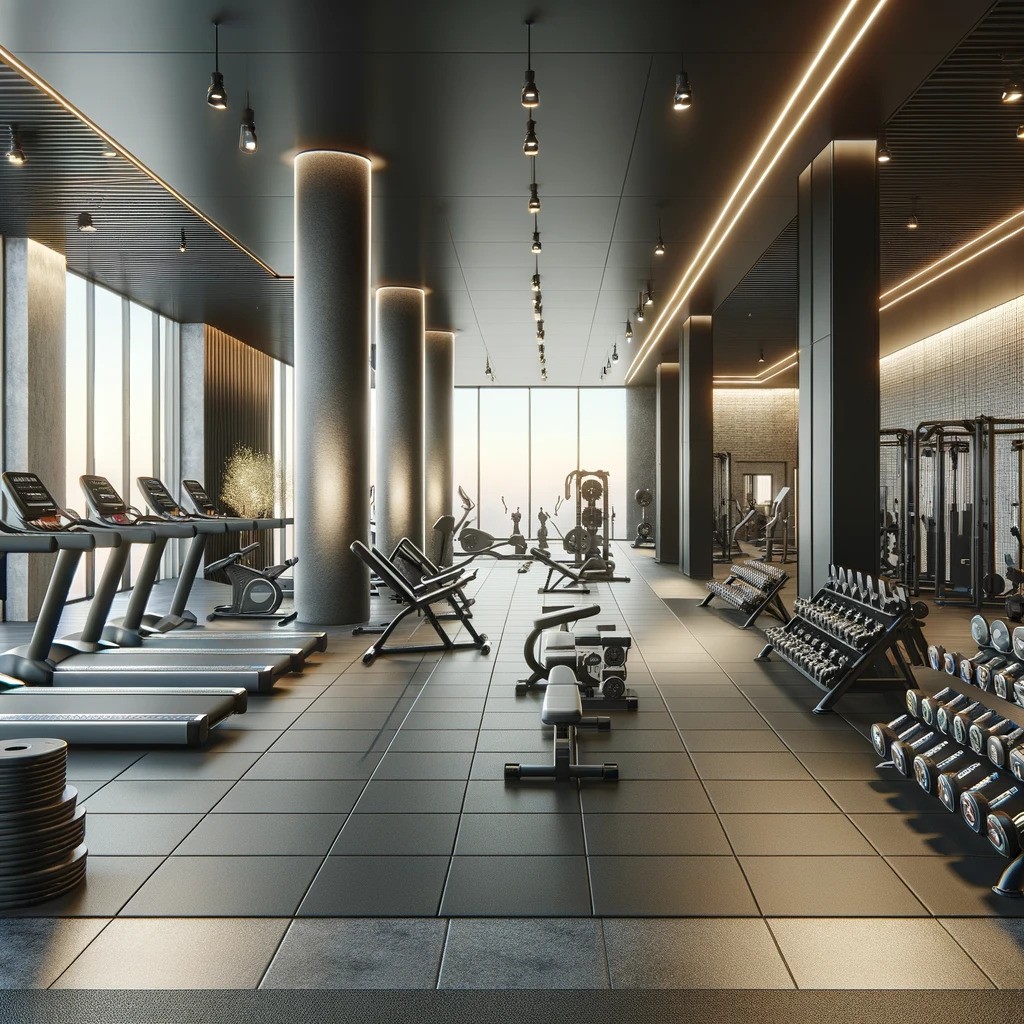
In today’s fitness industry, gym owners face a myriad of challenges, not least of which is ensuring the safety and security of their premises. The concept of premises liability looms large, holding gym owners accountable for accidents and injuries that occur within their facilities due to negligence or oversight. This article delves into the critical aspects of premises liability specific to gym operations, emphasizing the importance of comprehensive liability waivers, with a special focus on facilities offering open and 24/7 access, as well as those hosting birthday parties and other events.
The Vital Role of Equipment Maintenance and Safety
Consider the case of a treadmill malfunctioning due to poor maintenance, leading to a member’s injury. Such incidents underline the gym owner’s responsibility to maintain equipment in prime condition. Regular inspections and prompt repairs are not just best practices—they are essential measures to prevent injuries and the subsequent liability claims that can arise from equipment-related accidents.
Addressing Slip and Fall Hazards Proactively
Slip and fall accidents, often resulting from wet floors around swimming pools or sweat spills near workout machines, are common yet preventable. The solution lies in implementing rigorous cleaning protocols and installing appropriate flooring materials that reduce the risk of slips. Moreover, clear signage warning of potential hazards can significantly mitigate the risk of such accidents.
Ensuring Adequate Security Measures
A gym’s obligation extends to safeguarding its members from security breaches, including theft or assault. This responsibility becomes even more critical in gyms offering 24/7 access, where reduced staffing during off-hours can compromise security. Implementing surveillance systems, secure access controls, and adequate lighting throughout the premises can deter criminal activity and enhance member safety.
The Imperative of Competent Hiring and Supervision
Gyms must exercise due diligence in hiring and supervising their staff, particularly when it comes to roles that directly impact member safety, such as personal trainers and instructors. An unqualified trainer advising a member incorrectly could lead to serious injury, spotlighting the gym’s liability in ensuring their staff’s competence and providing adequate training and supervision.
Liability Waivers: A First Line of Defense
A well-crafted liability waiver becomes a gym’s first line of defense against premises liability claims. It is crucial, however, that these waivers specifically address the risks inherent to gym activities, including those related to the use of equipment and participation in fitness classes. For gyms offering open and 24/7 access, waivers should clearly communicate the increased risks associated with using the facility during unstaffed hours.
Moreover, when gyms host birthday parties or other events, incorporating premises waivers that acknowledge the potential risks and explicitly release the gym from liability associated with such events is paramount. These waivers not only inform participants (or their guardians, in the case of minors) of the risks but also underscore the gym’s proactive stance on safety and liability mitigation.
Emergency Preparedness: An Ounce of Prevention
Emergency preparedness is another critical facet of reducing premises liability. Gyms must have clear plans in place for handling emergencies, from medical incidents to fires. This includes accessible emergency equipment, trained staff, and clear evacuation procedures. Preparedness not only ensures member safety but also demonstrates the gym’s commitment to a comprehensive safety protocol.
Conclusion
The fitness industry, with its inherent risks, requires gym owners to be vigilant in mitigating premises liability. This vigilance starts with a commitment to maintaining a safe environment through regular equipment maintenance, addressing slip and fall hazards, ensuring adequate security, and competent staff hiring and supervision. Central to these efforts is the development and enforcement of a robust liability waiver that clearly communicates the risks to members and protects the gym from liability claims. By taking these steps, gym owners can create a safer environment for their members and protect their business from the potentially devastating impact of liability claims.


